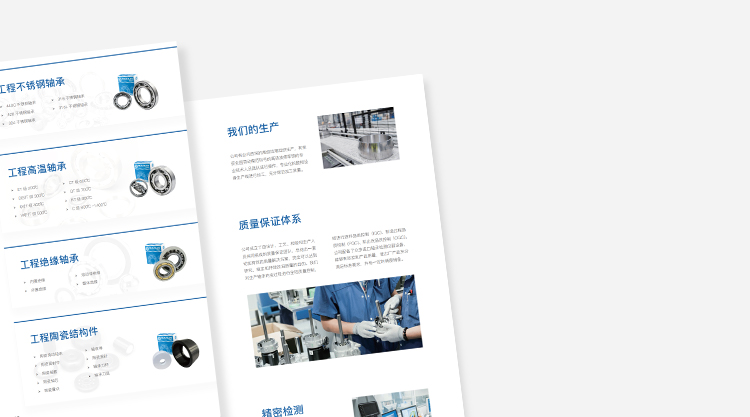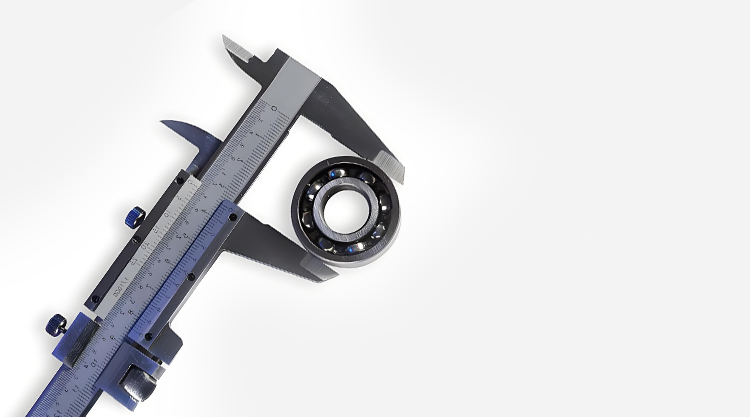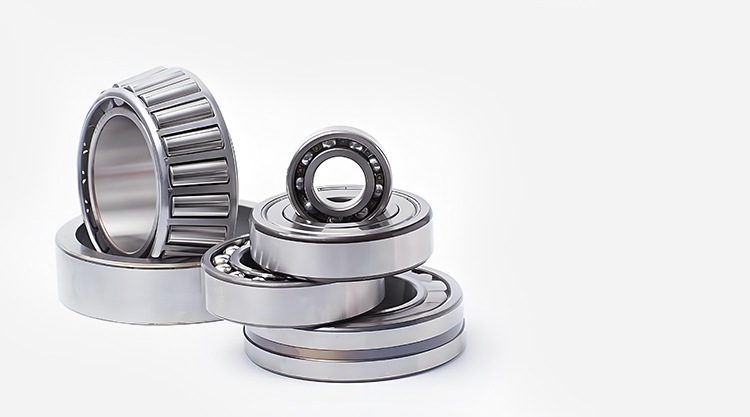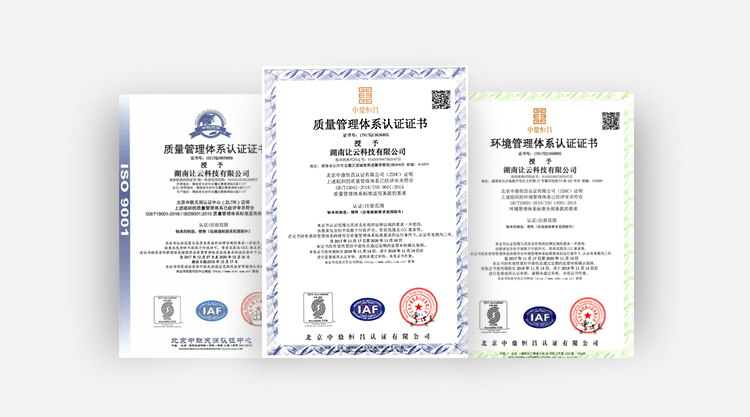The bearing usage environment and requirements for the high-speed cutting and stackin
The high-speed cutting and stacking integrated machine is the core equipment in lithium battery production, mainly used for cutting electrode sheets and stacking. Its operating efficiency directly affects the quality and capacity of battery production. As a key moving part, the bearing plays an important role under high speed, high precision, and continuous load conditions, which places strict demands on its performance, lifespan, and reliability.
I. Bearing Operating Environment Analysis
High-speed operation: The cutting and stacking actions of the integrated machine require frequent starts and stops, with spindle speeds typically reaching thousands of RPM, and some models even exceeding 10,000 RPM. The bearings need to withstand extremely high centrifugal forces and frictional heat.
Complex load: The equipment bears radial cutting forces during electrode sheet cutting, and axial pressure during stacking. Bearings need to meet the stability requirements for both radial and axial loads.
Temperature rise and lubrication challenges: Continuous high-speed operation can lead to temperature rise in bearings, while the lithium battery production environment requires high cleanliness. Traditional lubricants may contaminate the electrode sheets, so low-volatility or solid lubrication solutions need to be adopted.
Dust and corrosion: Metal dust generated during electrode sheet cutting may invade bearing gaps, while chemicals like electrolyte may cause corrosion on bearing surfaces.
II. Bearing Technical Requirements
High-speed capability: Bearings must use lightweight designs (such as ceramic balls or special steel balls) to reduce the impact of centrifugal forces and optimize cage structures (such as PEEK material) to reduce friction.
High rigidity and precision: The bearing clearance should be strictly controlled (usually choosing C3 or C4 class), and the roundness error of the inner and outer raceways should be less than 1μm to ensure the cutting and stacking positioning accuracy.
Long lifespan and reliability: Materials should be selected from high-purity bearing steel (such as SUJ2) or silicon nitride ceramics, with surface treatments (such as DLC coating) to improve wear resistance. The target lifespan should exceed 20,000 hours.
Special lubrication design: Self-lubricating bearings or minimal oil-air lubrication systems should be preferred to avoid grease contamination of electrode sheets, while ensuring lubrication stability at high temperatures.
Sealing and protection: Multi-layer labyrinth seals or metal dust covers should be used to prevent dust ingress; in corrosive environments, stainless steel bearings (such as 440C or 316L material) can be selected.
III. Future Development Trends
As lithium battery production moves toward higher efficiency, bearing technology needs to further break through: such as smart bearings integrated with temperature/vibration sensors for real-time condition monitoring; developing new composite material cages to cope with ultra-high-speed operating conditions; or using magnetic suspension bearing technology to completely eliminate mechanical friction.
In summary, bearings in high-speed cutting and stacking integrated machines need to innovate collaboratively in materials, design, and lubrication technologies to meet the extreme requirements for precision, speed, and reliability in the lithium battery industry.




